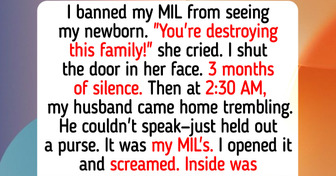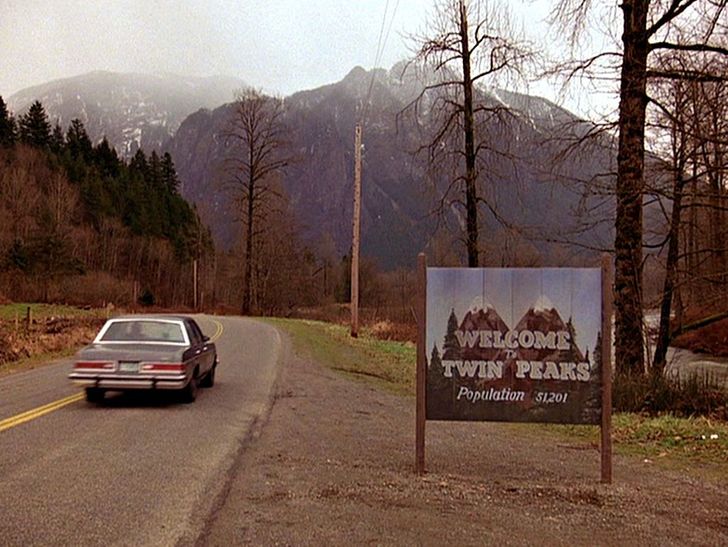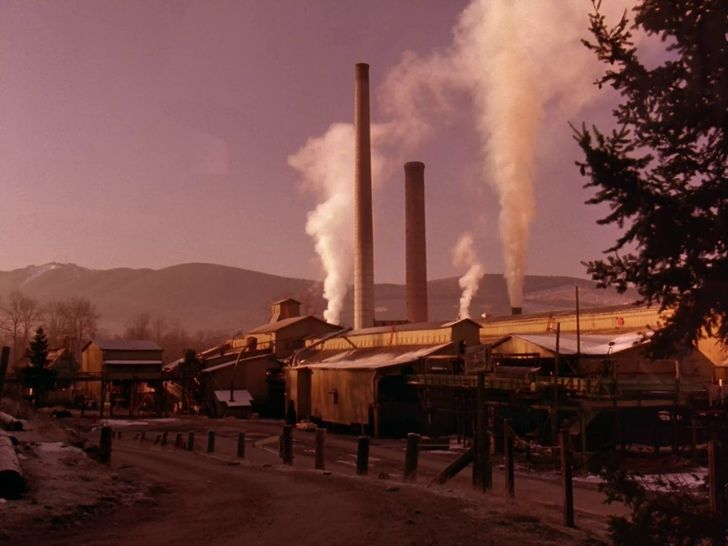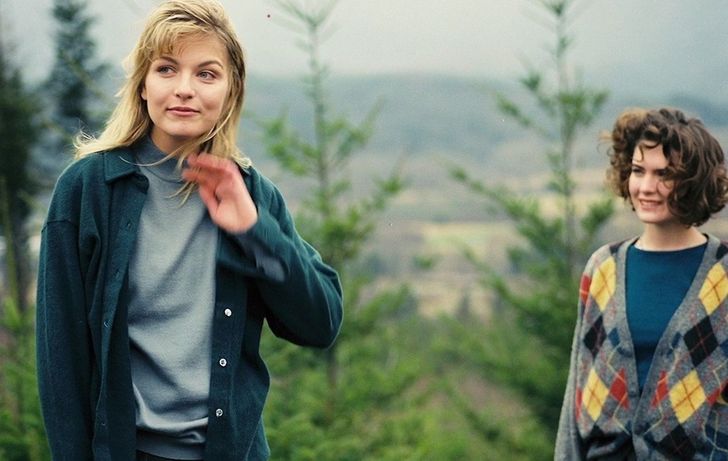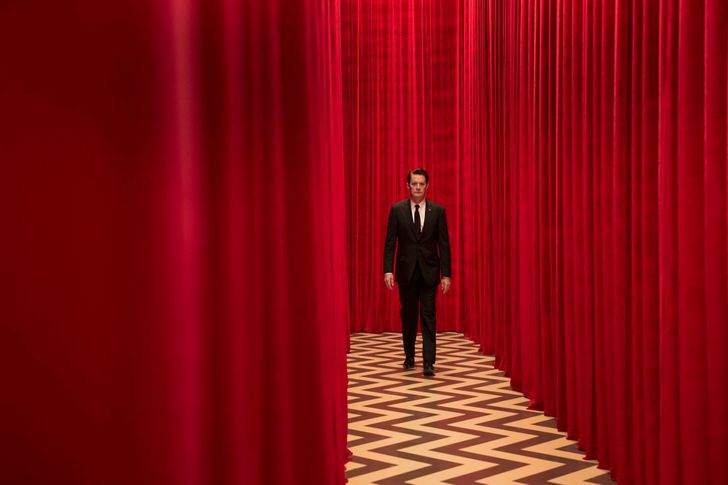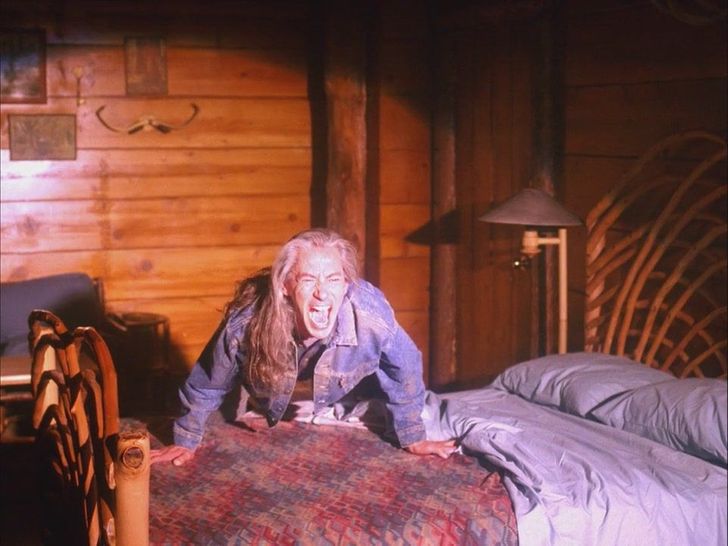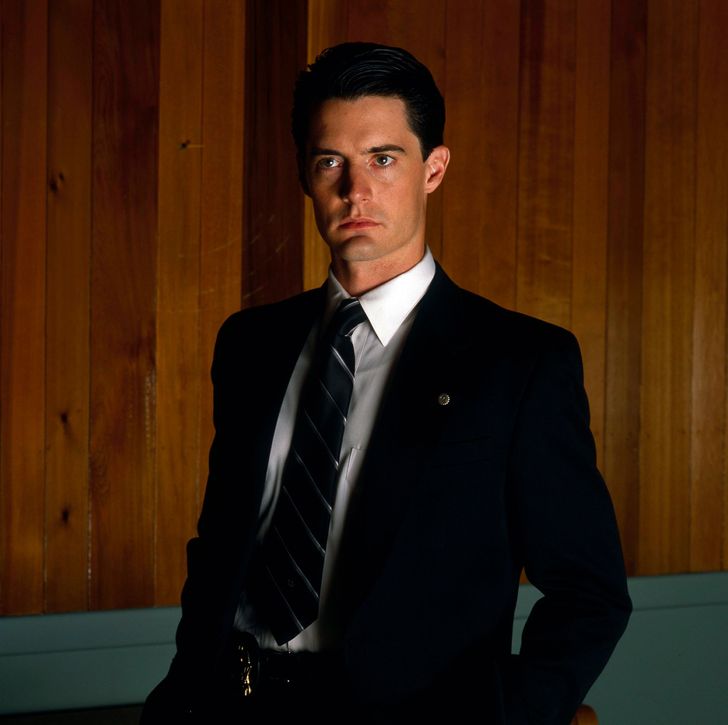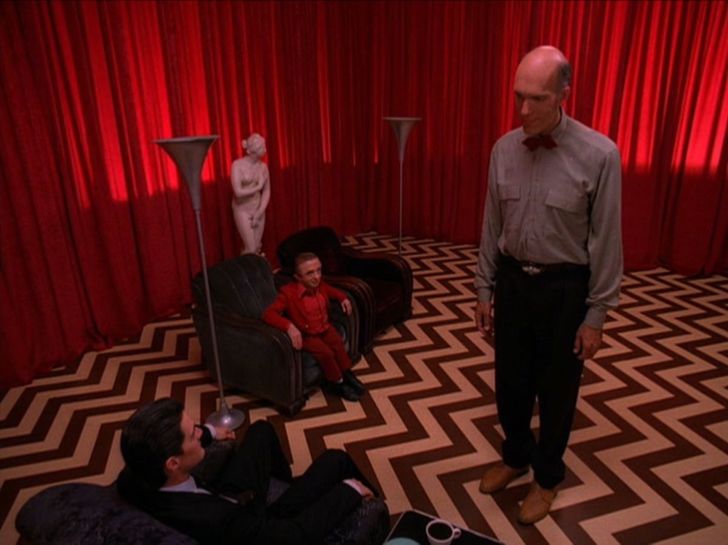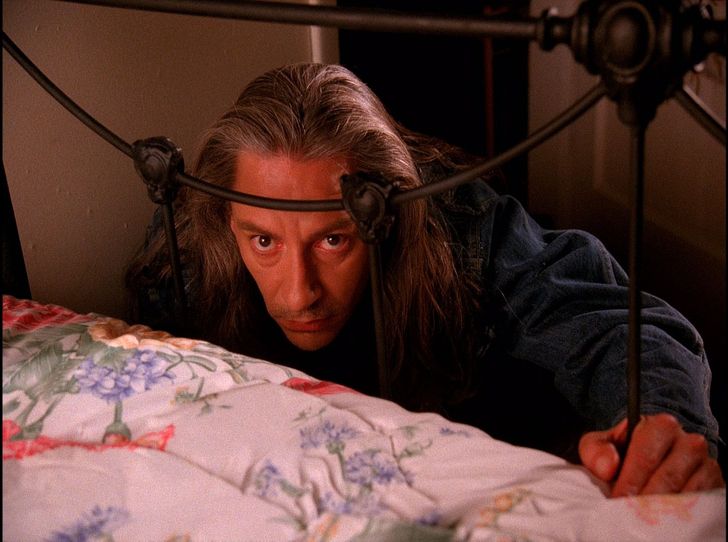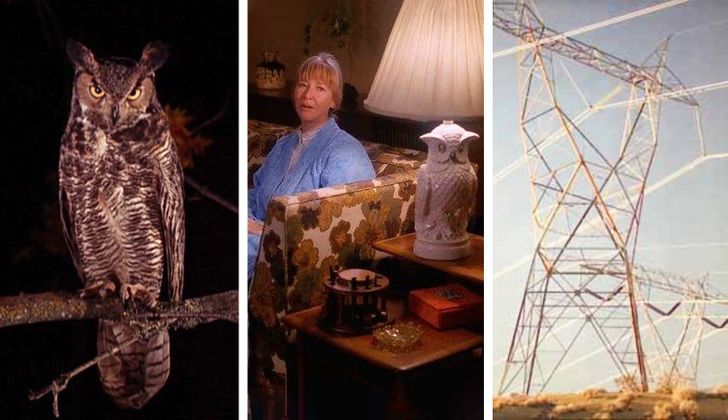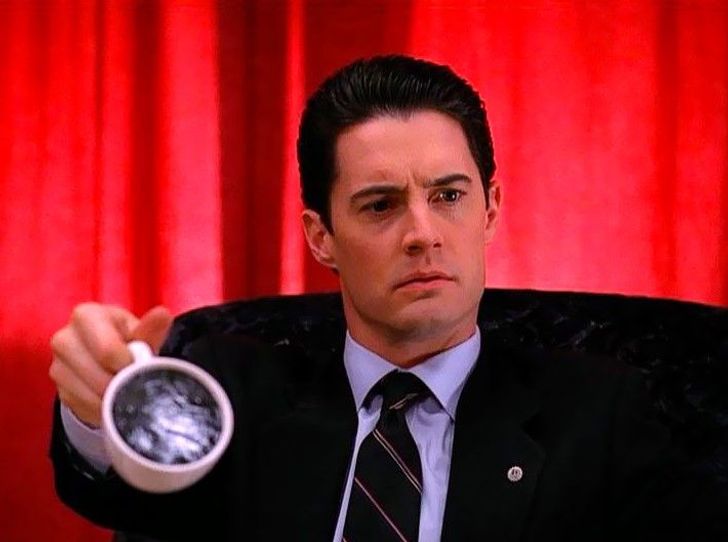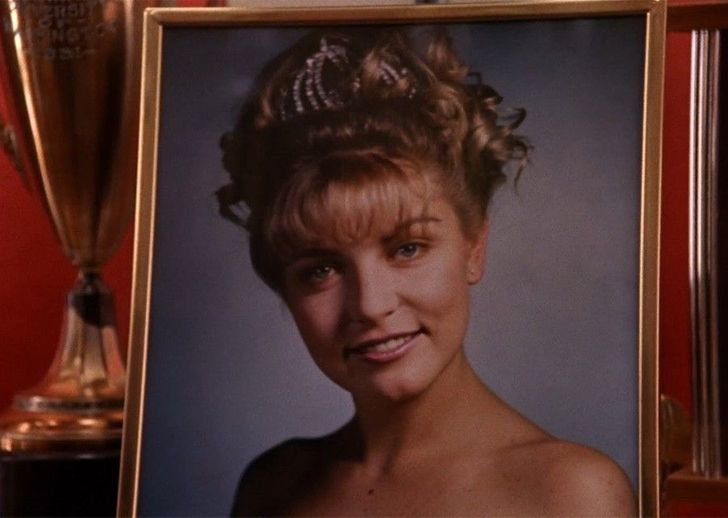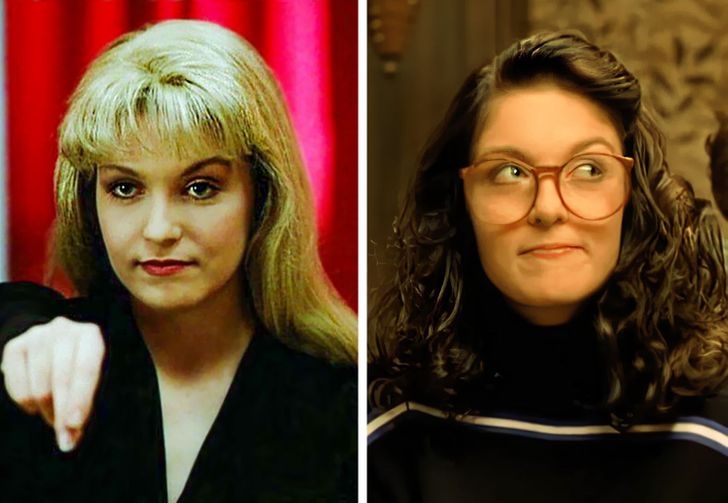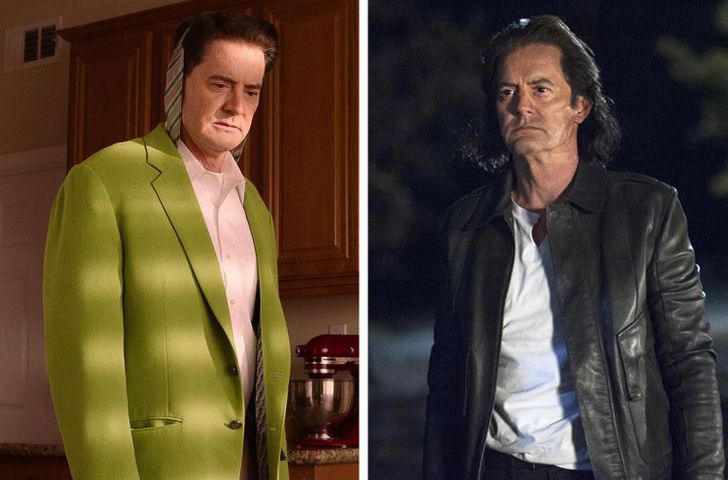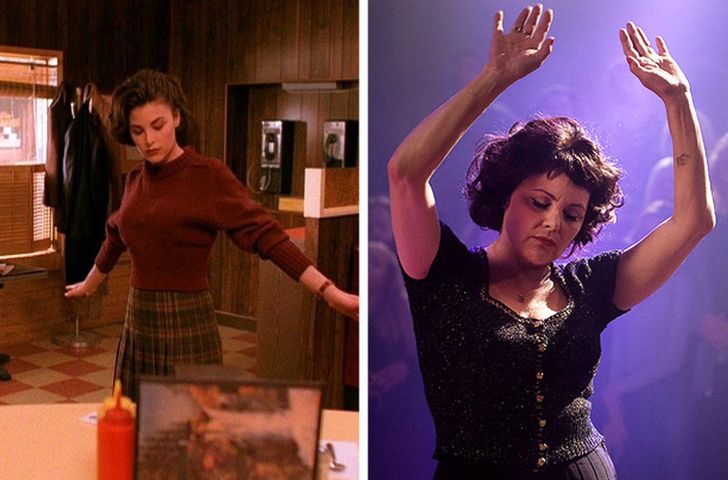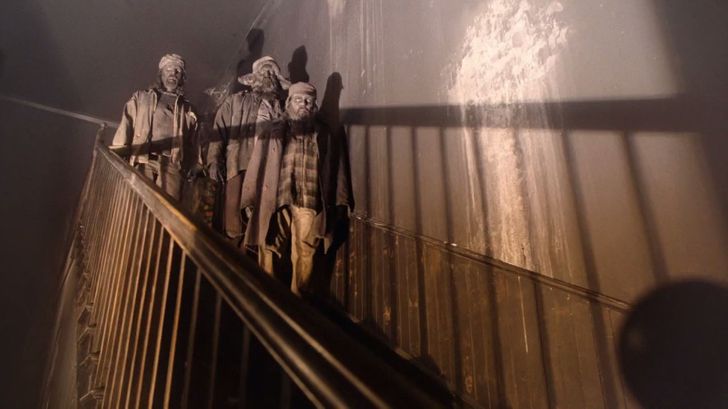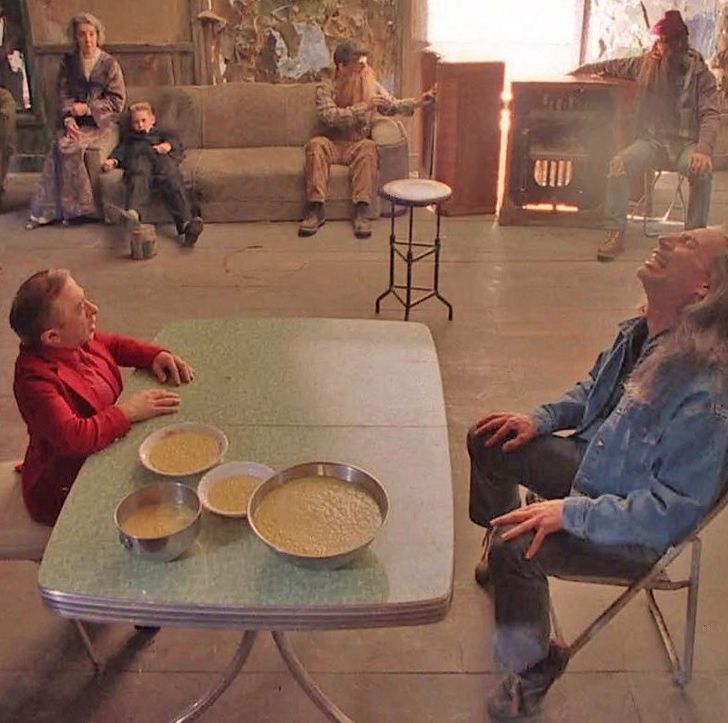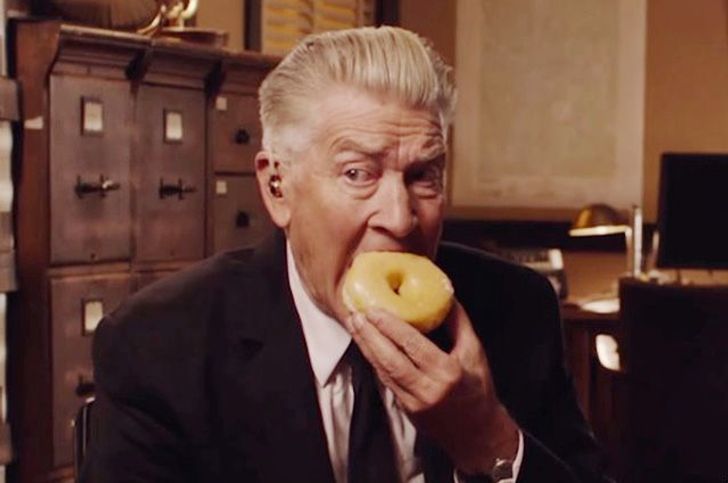I have never watched these series, but just the clues themselves make me want to see it
is it on netflix?
17 Clues That Make the Legendary Series “Twin Peaks” a Little Less Tangled
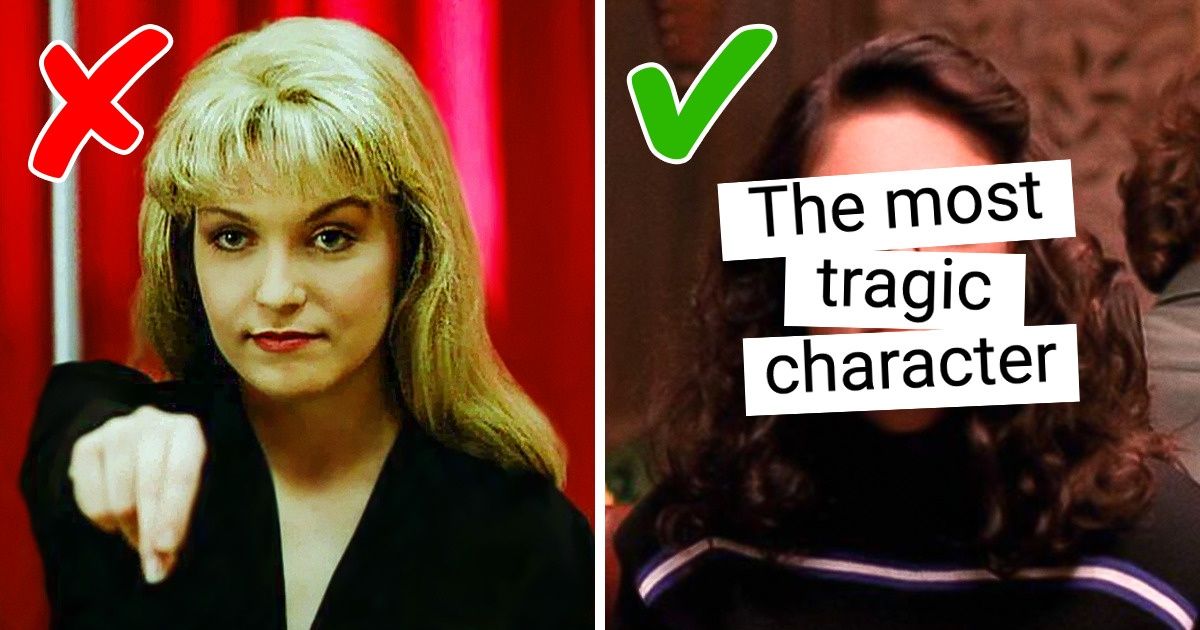
The Twin Peaks series that was released in 1990 still excites the minds of its audience. The story created by David Lynch and Mark Frost lasted for 3 seasons as a series, one full-length movie, and several books. But even the most thorough studies of all these materials don’t provide answers to all the (still outstanding) questions. There are numerous versions of things happening and each of them can be a clue.
We at Bright Side got familiar with the revolutionary theory that caused quite a stir on the internet recently and made us look at Lynch’s and Frost’s brainchild from an absolutely different angle.
Twin Peaks is not what it seems to be.
In 2019, the Twin Perfect YouTube channel posted a 4-hour video where the author builds up the concept of Twin Peaks based on all kinds of interviews with the creators and actors of the series. According to him, everything that happens in this town is an illusion inside the movie and a range of signs indicate that this theory is true.
The series begins with a sawmill for a reason.
It’s hard to remember another detective series where a sawmill was shown. However, it plays quite an important role in Twin Peaks. One can see a hint of the unreality of things happening in the series because “sawing logs” is not just about sawing logs, but also about snoring while sleeping. Thus, everything that happens is a dream.
Some characters know about it. For example, agent Phillip Jeffries who is played by David Bowie in the full-length movie Twin Peaks: Fire Walk with Me, appears in the FBI office during one scene and says, “We live inside a dream.”
Crime investigation is a symbol of television.
The words about living in a dream shouldn’t be taken too literally. Living in a dream can mean there is some illusion, and that you are living by other people’s rules. The rules of the game are usually predetermined for the characters of a TV show. Therefore, the murder of Laura Palmer and further investigation should be taken as a kind of staging.
The red room is the backstage.
Theater curtains are mostly red all over the world. Red curtains are there in the famous room for a reason. It’s backstage where those characters who suspect, or know, that everything happening in the town is unreal end up.
Lights should be paid attention to as well.
We can see a circle of light on the actors in the tensest scenes, and again, you can see a hint of theatricality in them. The director of the movie highlights the moments that are significant for the plot with the help of light, imitating a spotlight. In the series, this effect is most often used when some kind of atrocity occurs.
Agent Cooper represents all of us.
Many people outlined that Dale Cooper doesn’t act like an FBI agent. He seeks the truth while relying on symbols. For example, he asks his assistant to read the names aloud as he throws stones at the bottle and if the stone reaches the target (hits the bottle), it will signify the involvement of this person in the crime. The thing is, Cooper represents all of us — the viewers. We need to solve the mystery of Twin Peaks.
The Giant and the Arm
Both characters are alleged spirits of cinematography. In the third season, we can see that the Giant lives in a black-and-white theater. He is the spirit of big cinema and Laura Palmer is a figment of his imagination. Perhaps David Lynch depicted himself in this character, because he is the master of full-length movies and Laura Palmer was created by his imagination.
There is an evil spirit living behind the curtains — the Arm, or The Man from Another Place. At the same time, the director doesn’t conceal that that little man is an independently living arm of the character named Mike. Therefore, Mike is the spirit of television itself, where kindness and evil are supposed to be balanced. But this happened and the evil part separated itself and focused on this new creature that is playing its own game.
Bob
The evil named Bob represents cruelty for fun. He takes possession of the series’ characters and makes them commit crimes, thereby causing the suffering of the inhabitants of the backstage that they feed on. In the first season, Bob’s face turns into the owl’s face for a moment. It would be logical to assume that Bob can turn into or take possession of the owl and travel through the town.
What do owls actually mean?
The phrase, “The owls are not what they seem,” is known even by those who have never watched Twin Peaks. According to some fans, this bird became one of the symbols of the universe — both the series and the movie are literally infested with owls if you look closely: there are lamps in the shape of owls and various statuettes that can be found in almost every scene. Since Bob, who sometimes appears in the form of the owl, personifies cruelty on television, owls in literally every Twin Peaks home mean that Bob has penetrated any place that has a TV.
But that’s not all. In the last episode of season 3, Agent Cooper is meaningfully looking at the TV tower, which also resembles an owl, and says, “This is the very place.” Just like Bob travels using the body of the owl, television cruelty travels the world with the help of TV towers.
A fine cup of coffee
In the series, Agent Cooper awards his favorite drink with various epithets and even declares that he can’t work without coffee and doughnuts at all. This means that the coffee is a kind of fuel, thanks to which the plot can continue developing. When Cooper gets into the Red Room, his coffee changes its density several times, which prevents him from swallowing. This substance is under the control of the creatures behind the scenes, who decide whether to move the investigation further or not.
Revealing the name of the criminal is the victory of evil.
The most avid fans of the series know that David Lynch didn’t want to reveal the name of the criminal at all, but he had to surrender to the pressure of the studio, which resulted in the fading popularity of the series. The director was trying to pay more attention to the personality of Laura Palmer, which was unfolding by revealing more about her surroundings. Perhaps he didn’t want the viewers to perceive atrocities on the TV show as a conveyer, when no one remembers the victim and craves new emotions after exposing the villain. But this was exactly what happened. The viewer learned who the murderer was and it was no longer important who Laura herself was.
Maddy
Maddy’s destiny brings writers David Bushman and Arthur Smith, who are investigating the world of Twin Peaks, to the thought that despite the abundance of seemingly absurd events in the show, it stems from the creators’ resentment about the evil that humans are capable of. Also, the writers call Maddy the most tragic character because the viewers had a chance to get to know her well, unlike Laura, who was played by the same actress.
What doppelgängers mean
If we take into account the statement that Dale Cooper personifies the TV audience, then the creation of his evil twin also makes sense. There should be a balance between good and evil in each person. Getting the negative influence from Bob, aka television evil, the dark side of the audience, who watches the show for entertainment only, comes to the foreground.
Audrey Horne’s dance
The girl who falls in love with Dale Cooper, and strives to help him, symbolizes the happiness that is a reward for virtue. The creators even wanted to start a relationship between the characters but had to rewrite the scenario because of the jealousy of the actor’s real partner. Audrey’s dance is a dream about love and a bright future, and nothing disturbs it in the first season, but by the third season, the woman is interrupted by someone’s fight. The on-screen violence won and perhaps happiness is lost forever.
Pay attention to which year the lumberjacks appear in.
In the third season of Twin Peaks, after the appearance of the numbers “1956,” a lumberjack comes out of the blue, sneaks into the radio tower, and starts to hypnotize the listeners, calling them to “drink water from the well.” Hearing his call over the radio waves, everyone falls asleep. It is noteworthy that in April 1956, the first 30-minute soap opera was released on TV screens, and this format became mega-popular with viewers. People around the world become literally hypnotized by their favorite series with numerous episodes.
What Garmonbozia actually is
Creatures from the Black Lodge feed on Garmonbozia — a substance made from the sufferings and sorrows of its victims, which looks like corn puree. It begs the question of why the creators associated the things mentioned above with a dish made of corn. Now let’s try to remember what we like to eat when watching movies in general — it’s popcorn, which is a snack made of corn. Also, TV dinners used to be popular in the USA some time ago — it was a small tray of food that was consumed while watching TV. Oftentimes, it also had garnishes made of corn. That’s why we can conclude that Garmonbozia is a corn dish that symbolizes our attention. That’s what evil feeds on as we keep watching the crimes in the TV show.
What David Lynch was trying to tell us with all this
Of course, there are still many mysteries and secrets left. But after analyzing the aforementioned things, we can conclude that the director dislikes television. It’s the on-screen violence that wins in a fight for the viewers’ attention. This means that Bob took over the minds of many more people, not literally, but symbolically. Still, everything is not that sad. Perhaps the good is just sleeping waiting for its time — just like Cooper in the Red Room.
Do you like Twin Peaks? If yes, what moments in the series impressed you most of all? What do you think about this theory?
Comments
Related Reads
10 Acts of Kindness That Didn’t Cost Much but Meant Everything

I Excluded My Wife From My Kids’ Core Memories—She’s Too Busy Working

I Refused to Cancel My Non-Refundable Honeymoon—So My SIL Lied to Punish Me

My MIL Demanded Rent for a House That Isn’t Hers, I Turned the Tables

13 Quiet Acts of Kindness That Turned Ordinary People Into Superhumans

My Daughter Wanted Me to Pay for Her Wedding—I Gave Money to Someone Who Actually Deserved It

I Refuse to Let My Sister Get Away Without Repaying My Money, I’m Not Charity

10 Moments When Kindness Was the Ultimate Power Move

10 Mothers-in-Law Who Know How to Stir the Pot

12 Stories That Had More Drama Than a Season Finale

13 Family Conflicts That Sound Straight Out of a Soap Opera

11 Times People Showed That Real Courage Isn’t Loud—It’s Kind
